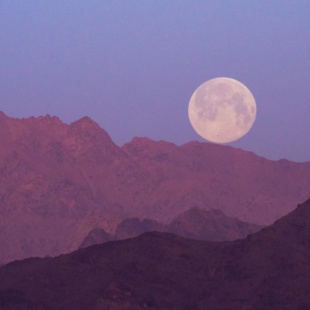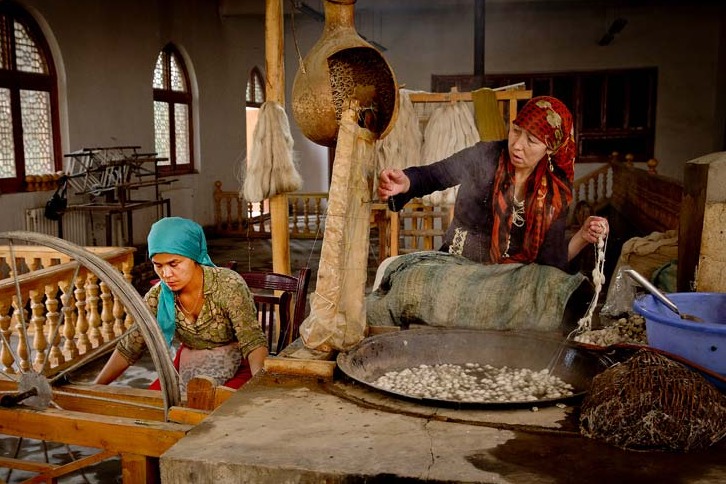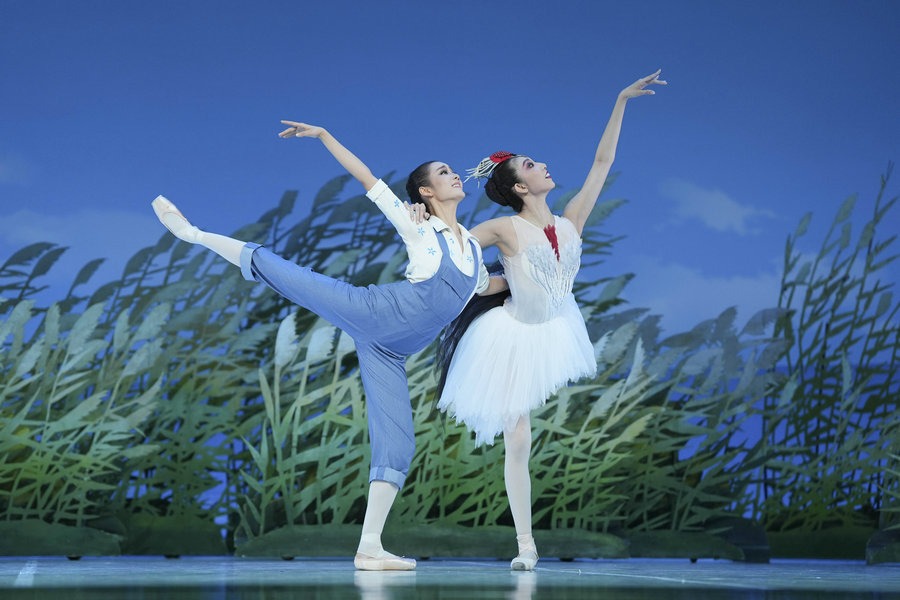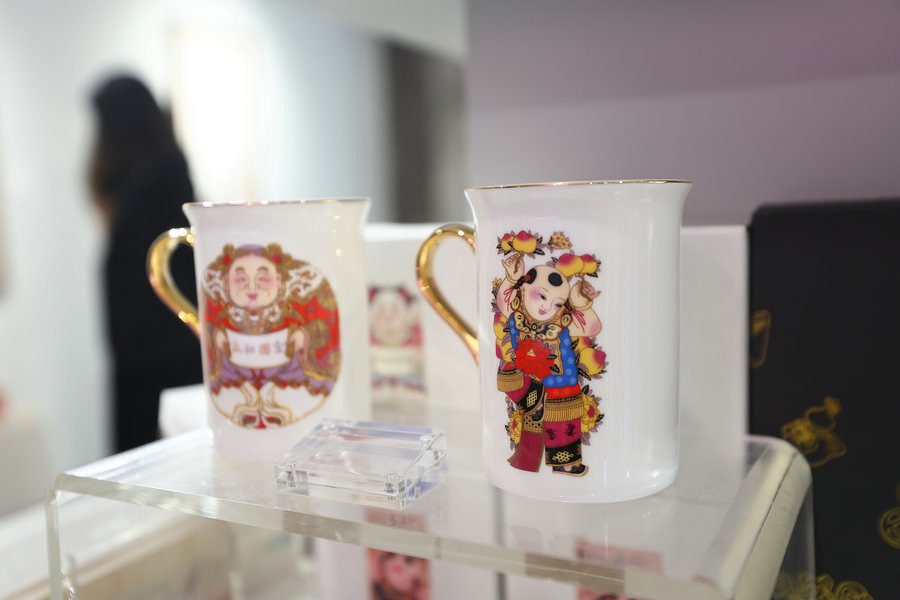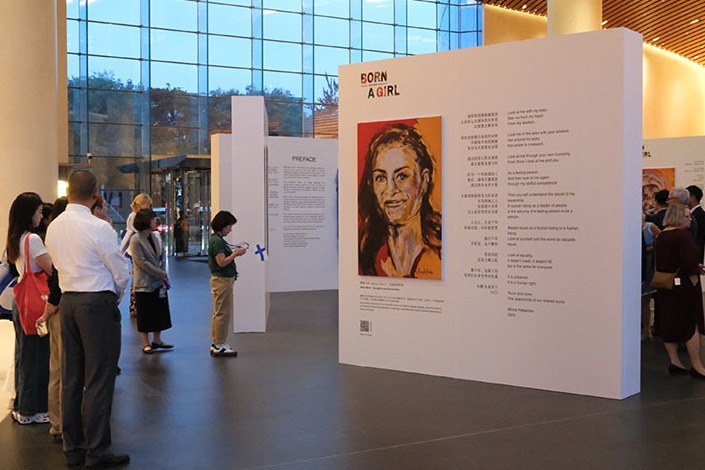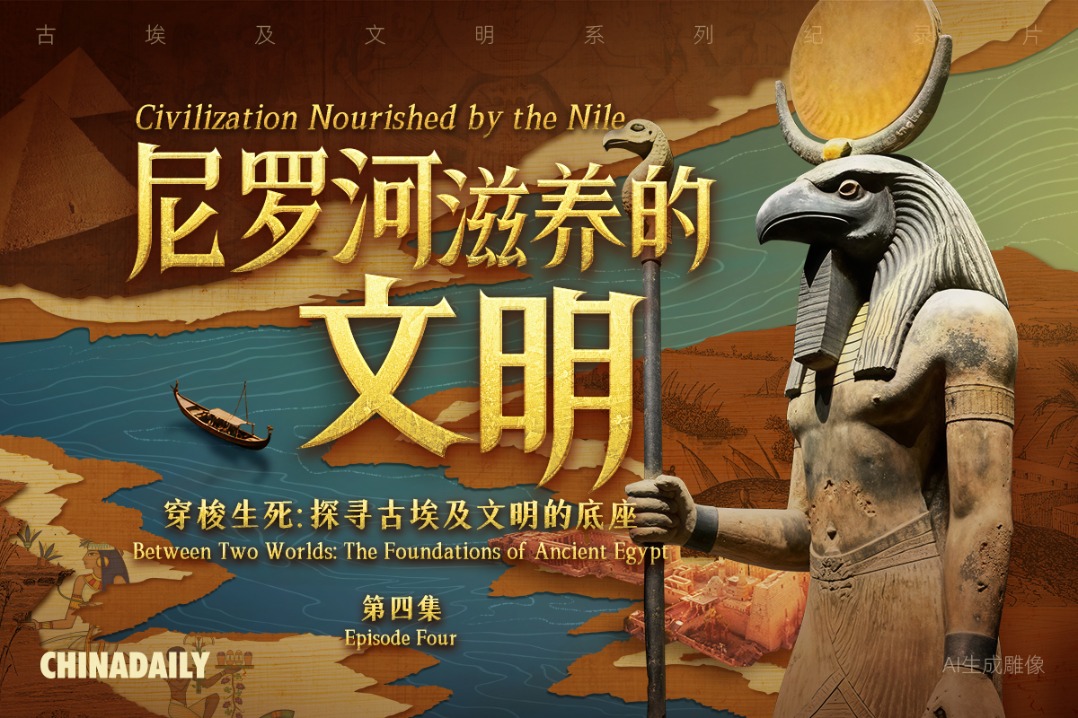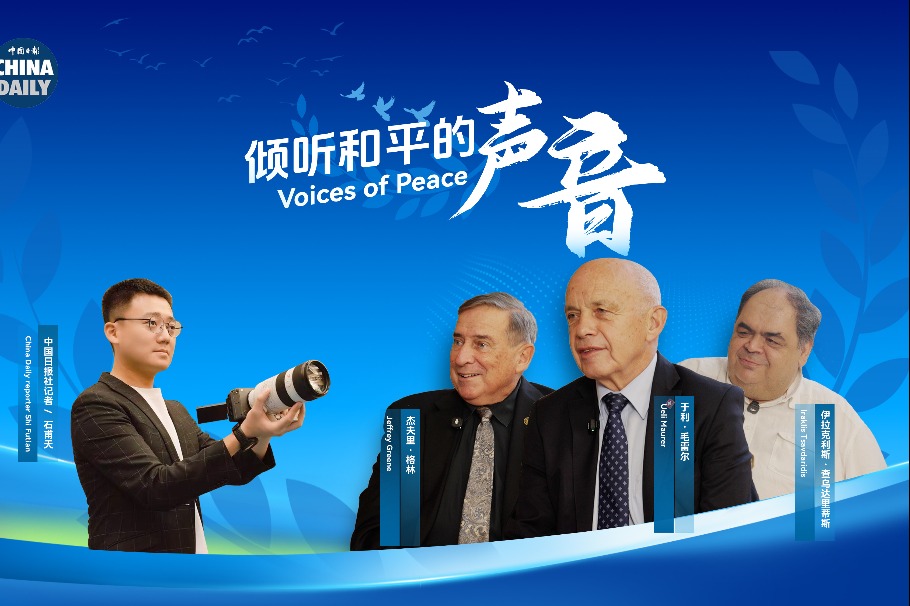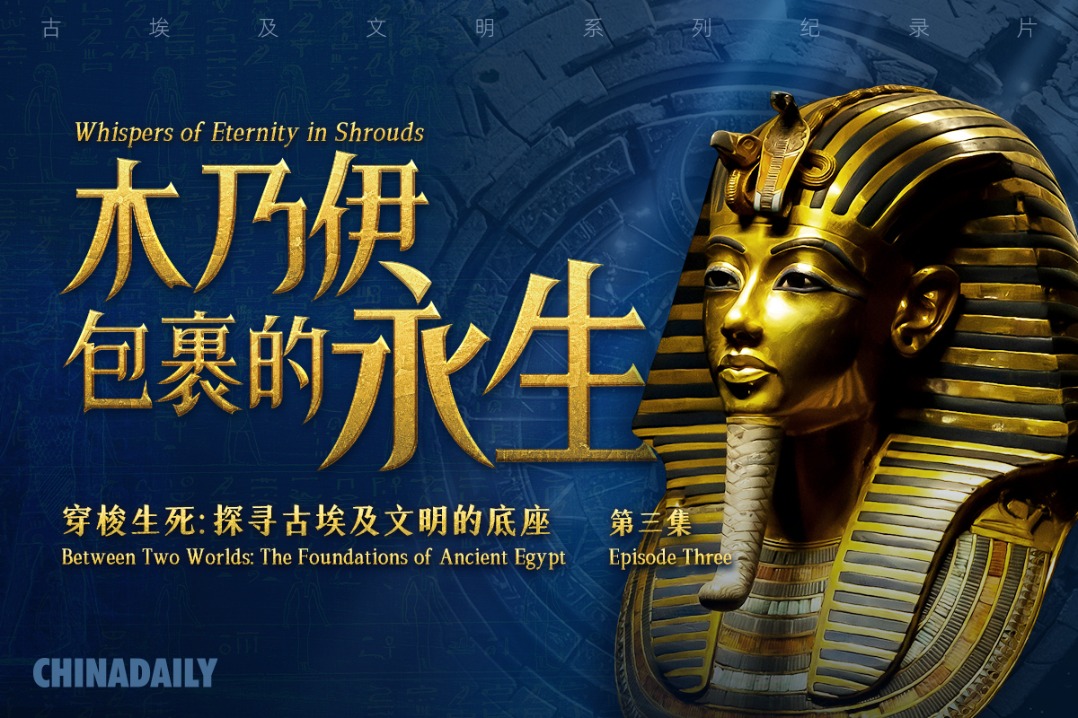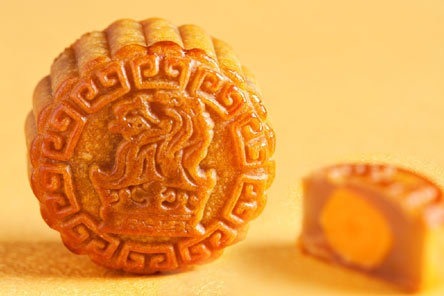Variations in Mid-Autumn Festival Celebrations across Asia


The Mid-Autumn Festival, celebrated on the 15th day of the eighth month on the traditional Chinese calendar, is a cherished tradition across Asia. While its origins are rooted in the traditional Chinese calendar, the festival has evolved uniquely in different countries, reflecting diverse cultural identities and practices.
In China, the Mid-Autumn Festival is synonymous with mooncakes, family reunions, and moon gazing. Mooncakes, often filled with lotus seed paste or red bean, symbolize unity and completeness. Lantern displays and dragon dances add vibrancy to the occasion, while families gather to appreciate the full moon, a symbol of harmony and prosperity.
Vietnam celebrates the festival as Tết Trung Thu, or the Children's Festival. Here, the focus shifts to children, who don colorful masks and participate in lively parades. Lion dances and lantern processions light up the streets, and families prepare mooncakes and fruit platters as offerings to ancestors. The festival is also a time to express gratitude for the harvest, blending tradition with joy.
In Korea, the festival is known as Chuseok, a major harvest celebration. Families honor their ancestors by visiting graves and performing rituals. Traditional foods like songpyeon, crescent-shaped rice cakes filled with sesame seeds or chestnuts, are shared among loved ones. Folk games, dances, and storytelling add a communal spirit to the festivities.
In Japan’s Tsukimi or "moon-viewing", people arrange offerings of rice dumplings, pampas grass, and seasonal produce to honor the moon and express gratitude for the harvest. Mooncakes are not a staple; instead, the focus is on the aesthetic appreciation of nature and the moonlit night.
The Mid-Autumn Festival is a testament to Asia’s rich cultural tapestry. Though the celebrations differ in form and focus, the underlying themes of family, gratitude, and harmony remain universal, uniting people across borders under the glow of the full moon.


